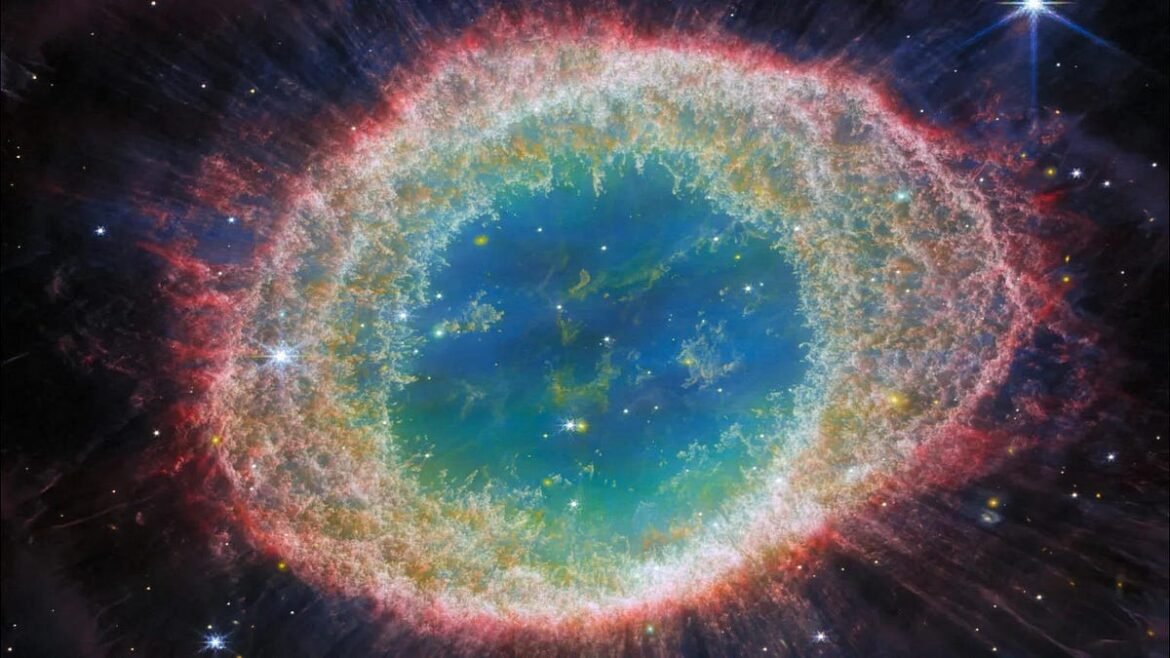The Universe is an amazing place. Under the incredible, infrared gaze of JWST, it’s coming into focus better than ever before.
Although it might seem that the world changed long ago from the Hubble era to the JWST era, the reality is that humanity’s greatest space-based observatory of all-time is less than two years old. It launched on Christmas Day, 2021, and required six months of deployment, commissioning, and calibration operations before it was ready to begin the primary phase of its life: full-time science operations. Since those milestones were achieved in July of 2022, JWST has been our cosmic workhorse, revealing the Universe in a whole new light, with unprecedented resolution and wavelength coverage to view the cosmos.
While its first sets of spectacular images were released during 2022, this past year, 2023, represents the very first year that we had this remarkable observatory operating full-time, surveying the Universe near and far to reveal some of the most incredible views, plus many unexpected scientific discoveries, that pretty much no one could have anticipated. Here, without further ado, are my favorite JWST science images released in 2023.
1.) Our most distant black hole ever. It was only last month, while combining Chandra X-ray data with JWST’s deep, infrared views of galaxy cluster Abell 2744, that scientists revealed a tiny, distant, early galaxy with only around 10-to-100 million solar masses worth of material in it, but that was incredibly X-ray luminous, indicating an active black hole of around 9 million solar masses. Not only is this the most distant black hole ever discovered, it’s also our first example of such an extreme mass ratio, where the central black hole is right around as massive as all the stars in the host galaxy combined. Our understanding of black hole-galaxy formation and coevolution will never be the same.

